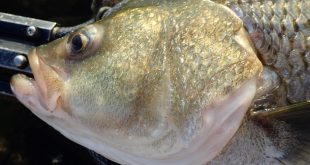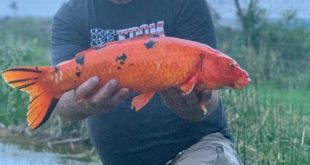It bothers me to no end that people have such cavalier excuses regarding why they don’t want to wear life jackets on the water in a boat.
For instance, this year, with higher water conditions, faster currents and more debris in the water, why would you even think of not wearing a life jacket if you’re planning on boating (where there are not flood watches or warnings)? I just don’t understand it! What excuses are you going to give us?
In my 45 years at the Nebraska Game and Parks Commission, I have seen my share of boating tragedies. I have seen the victims of boating fatalities who were not wearing their life jackets.
You never, ever forget them. EVER!
Often the victims died right in front of close family members and friends who couldn’t do anything to help because the calamity happened so fast, in seconds, in dark water.
Boating is a good time. The truth is nobody plans on having a boating accident, let alone a fatality, but most of the boating-related fatalities that occur in Nebraska each year have one thing in common – the person who drowned was most likely not wearing their life jacket!
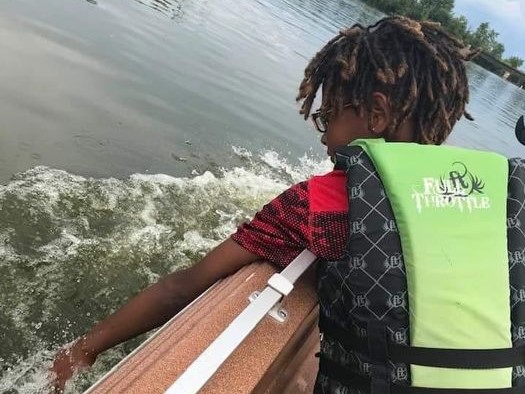
Annually in the U.S. the leading cause of death with recreational boating has been drowning, and 90 percent of those victims were not wearing life jackets, according to the Boat U.S. Foundation.
With that in mind, we at the Nebraska Game and Parks Commission powerfully urge you to wear a life jacket when recreating on the water. The law states that every vessel, except sailboards, must carry one U.S. Coast Guard approved wearable personal flotation device (PFD) of suitable size and readily accessible for each person on board; except that no child age 12 or under is allowed aboard any vessel when not wearing a PFD of appropriate size. You need to know that floats such as pool noodles, donuts, rafts and kick boards are not intended to be life-saving devices; properly worn life jackets are! In addition, a Coast-guard approved throwable floatation device is required for certain vessels, see full details in the current Nebraska Boating Guide regulation booklet available online at www.OutdoorNebraska.gov
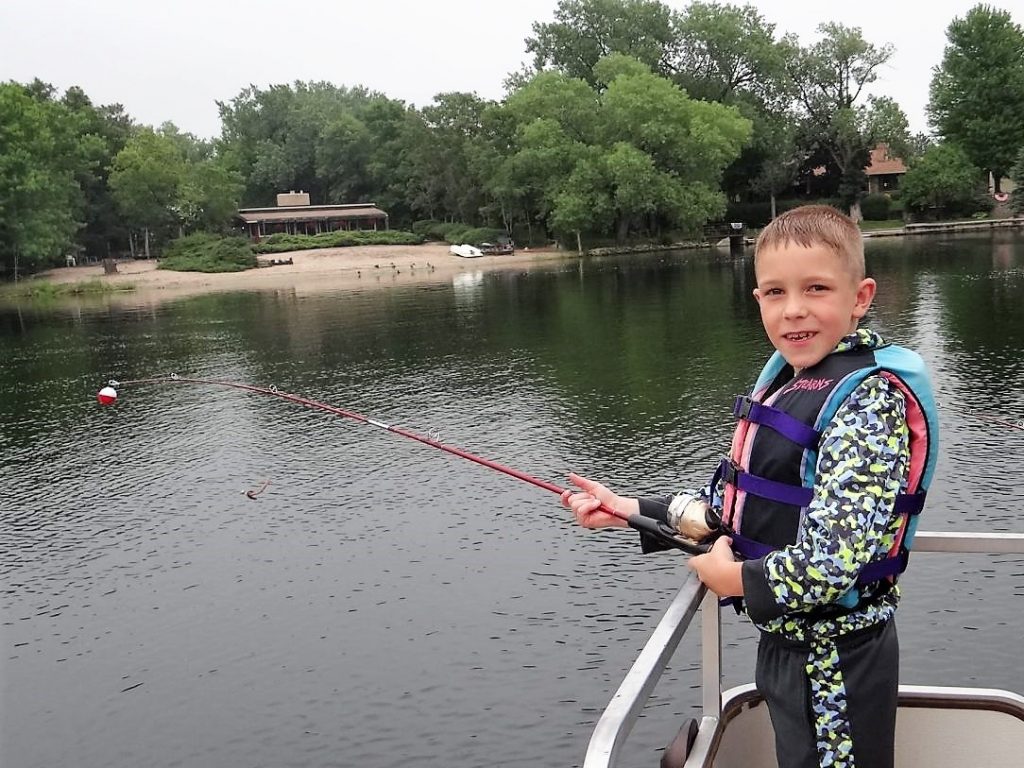
Rich Berggren, Field Conservation Officer with the Nebraska Game and Parks Commission, says boating responsibly and properly wearing a life jacket can help keep you and your loved ones stay safe while still enjoying a great day on the water. “Boating is the perfect opportunity to have fun and spend time with family and friends but it must be done safely and wisely while wearing a life jacket,” adds Berggren.
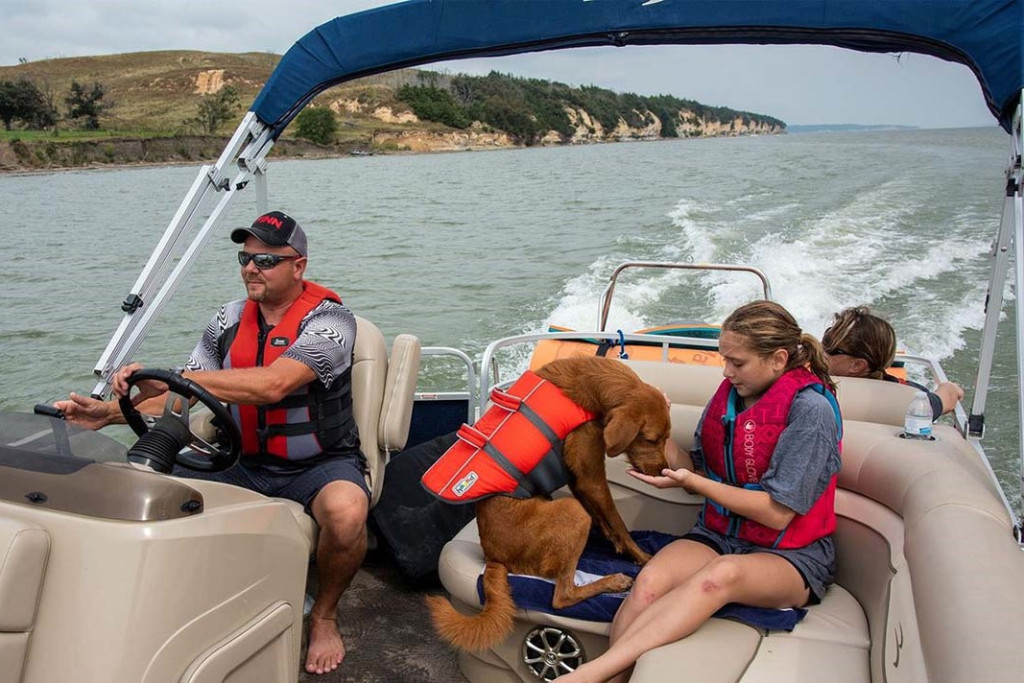
Over the years, Berggren has retrieved people from the water for different reasons, but when it comes to boating accidents, there is one common denominator he’s seen that separates what might have been a rescue from a recovery – a life jacket.
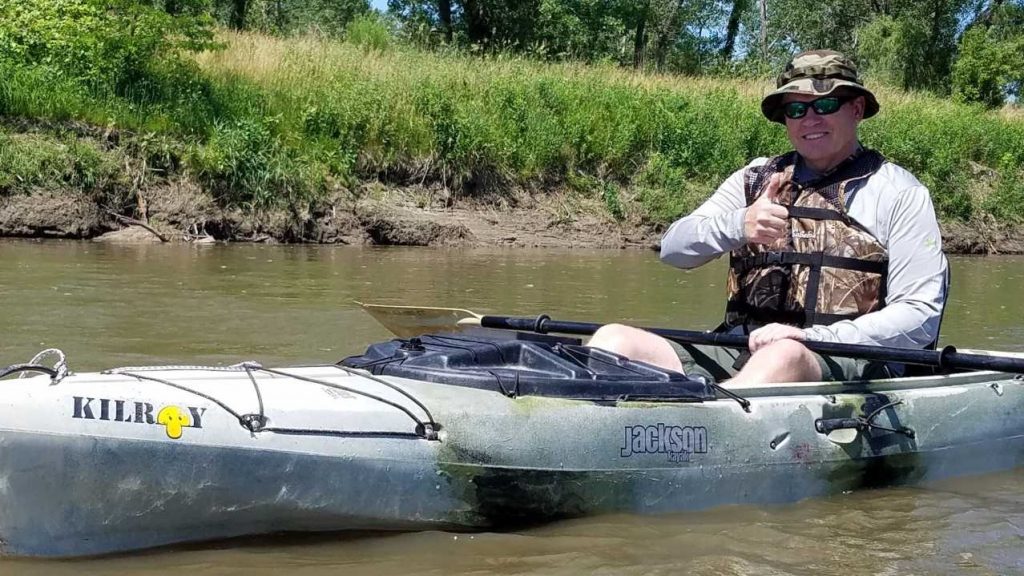
“When a person drowns in a boating accident, it’s most likely because they were not wearing their life jacket when they fell overboard or were ejected from a boat,” emphasized Berggren.
Interestingly, here are some of the repetitive excuses our Nebraska conservation officers like Berggren hear each year when it comes to why people (and their pets) do not duly wear life jackets on a vessel or in dark water.
“I have life jackets on board, we’ll each just grab one if we tip over.” And you have seat belts in your vehicle, but you still put them on as soon as you get in, don’t you? Or, do you put your seatbelt on just before having a fender bender or serious crash? Hmmm … I didn’t think so. Having life jackets on board your boat is not enough. Accidents happen way too fast to find and put on a stowed life jacket. With a capsize, add wave action or a river current, floating objects everywhere and disorientation, and it is almost virtually impossible to locate, grab and put on a life jacket in the water.
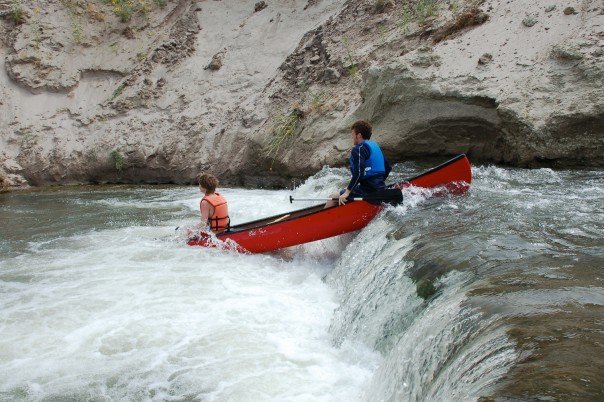
“I’ll just throw on this jacket, it’ll work fine.” A correctly sized life jacket in good and serviceable (fully functioning) condition will keep your head above water. Too big, and the life jacket will ride up around your face and ears. Too small, it will not be able to keep your body afloat. Life jackets made for adults will not work for children and vice versa. Make sure to have the life jacket that fits snug for both weight and size limits.
“I’m a strong swimmer and have no problem in deep water.” Really? The overwhelming majority of people who die in triathlons die while swimming. These are among the more fit people in the world! So, the point here is that even a strong swimmer needs to rightly wear a life jacket. During a boating mishap, clothing can become heavy or waterlogged in the water. Additionally, there is the possibility of getting injured in the mishap rendering yourself incapable of swimming; say after you hit your head. Properly designed life jackets keep the wearer’s head above water, even when they’re unconscious.
“It’s just a shallow sandbar, the kids don’t need life jackets.” What most folks don’t think about is when life jackets should be used off of or away from boats. If you have anyone that will be near or in the dark waters of rivers or lakes, no matter how shallow, they need to wear a life jacket! The wearing of a life jacket mitigates the other contributing factors in a wild environment such as: Strong, swift currents, undertows, rough water, bottom contour changes, shifting sands, fluctuating water levels, sudden wind or waves or a snag or obstacle just below the surface.

“We’ll just use the floaties, and we can leave the baby in the car seat, it floats, right?” Plastic rings, arm floaties or water wings must never be substituted in place of a life jacket. They are toys! Another thing, do not attempt to wrap a life jacket around a car seat for your baby. A car seat ejected from a boat in a crash or mishap will turn upside down and hold your baby’s face under water. Understand that some infants are too small for any life jacket to fit, even though the manufacturer’s label may state 0-30 lbs. In general, babies under 6 months or 16 pounds are too small for a life jacket to be effective due to the large size of their head compared to the rest of their body. If your infant is newborn, you should consider waiting until the baby is a little older before taking them on a boat ride.
“It’s too hot, it ruins my tan and doesn’t look cool.” Old-fashioned, large, awkward orange or plaid life jackets have been replaced with new styles, colors and sizes that are U.S. Coast Guard-approved. Many are thin, flexible and cool. Some are built right into fishing vests and hunting coats. Others are inflatable as compact as a scarf or fanny pack until they hit water, when they automatically fill with air. Inflatable life jackets may also resemble a pair of suspenders or a belt pack. These are much cooler in the warmer weather and won’t impact your tan much. Unfortunately, when people think of life jackets, they often think of the bulky orange “horse-collar” style they were forced to wear as children and that’s not really the case any more. Spend a bit more money than the minimum to get a comfortable, properly-fitting U.S. Coast Guard-approved life jacket you’ll actually wear!
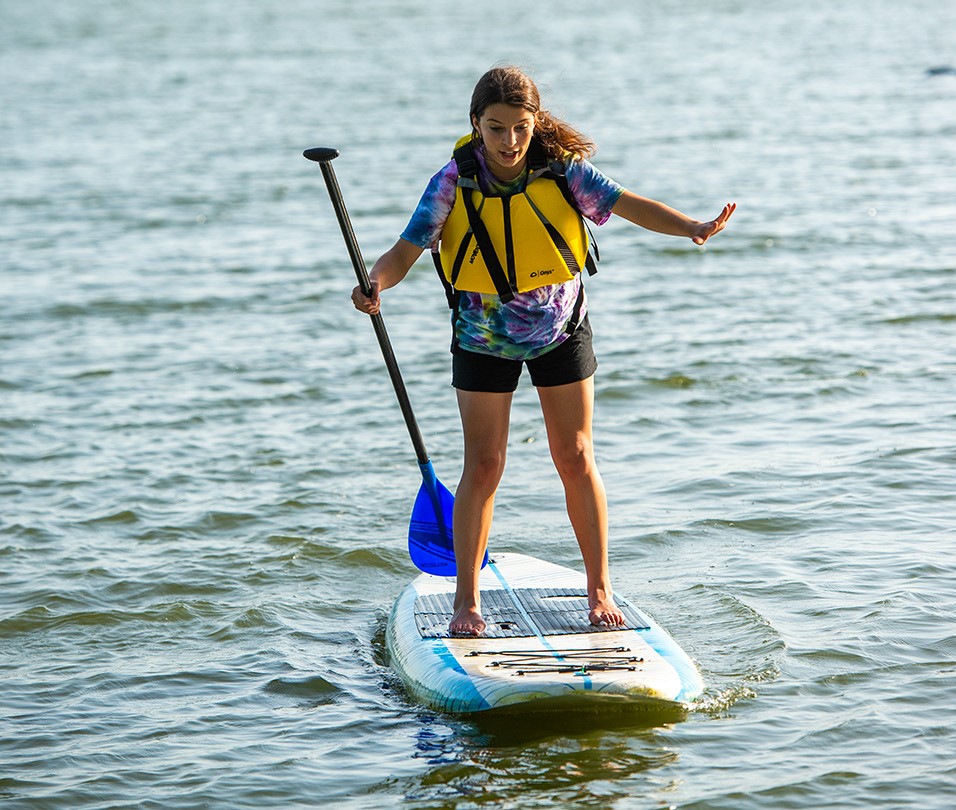
“It’s cumbersome and it gets in the way, especially while I am fishing.” There are U.S. Coast Guard-approved and adaptable life jacket styles available for any recreational water activity – fishing, water sports, hunting, paddling and more. Make certain you know the types of life jackets or Personal Flotation Devices (PFDs) and their intended uses and the buoyancy they provide.
“I have been boating for years, I know how to be safe, not a dang thing is going to happen to me.” Look, I have been living in the world for years and never needed a paramedic. Face it, boating incidents and accidents happen when you least expect them to happen. Boating is a fun and an enjoyable summer outdoor activity, but when life jackets are not used or worn appropriately by people on the water, consequences can be grim, if not devastating. A life jacket is one of the first things to drift away (usually along with the boat) and also one of the first things found by search and recovery personnel (usually far from where the body lies submerged.)
“Hey, no big deal, we’re not that far from shore.” It doesn’t take much water to drown, particularly if you are injured or unconscious. Just because you are relatively close to the shoreline doesn’t mean you’ll have the ability to make it there in the event of a boating accident. In fact, one-half of all recreational boating fatalities occur in calm water. These fatalities take place near the shore and are caused by drowning. Also, in most cases, life jackets were on board the vessels, but not worn.
“Forget the life jacket, it’s nice outside, the water can’t be that cold.” Warm air doesn’t necessarily mean the water is warm, particularly in spring and fall, but in Nebraska, even in summer, Sandhills rivers are spring-fed and run fairly cold. Sandpit lakes below the surface also run cold because the ground water entering these lakes is relatively cold and dense. Survival time is greatly diminished for someone immersed in water below 70 degrees without wearing a life jacket. In fact, a life jacket can provide some thermal protection for the body’s core against the onset of hypothermia, and keep the person afloat with the head above water until help arrives.
“I don’t need a life jacket on that thing.” Understand that kayaks, canoes, stand up paddle boards, inner tubes, fishing float tubes, inflatable rafts, stock tanks, paddle boats, water bikes, etc. are all subject to boating laws and regulations which include life jacket requirements. A vessel on Nebraska waters is described as a watercraft, other than a seaplane, that is capable of being used as a means of transportation on water. A stand up paddle boarder once asked to me: Who likes wearing a life jacket? My reply was: A survivor, that’s who!
“My dog doesn’t need a “doggie” life jacket, all dogs can swim.” It is a common misconception that all dogs can swim. While most canines may make it a short distance in the water, some breeds absolutely cannot. Dogs need a life jacket when swimming in swift currents, large waves, deep water, or big bodies of water where they may get tired easily. It is advisable for all dogs to wear life jackets when boating or enjoying water recreation. And, dog life jackets come with leash attachments and safety grab handles that help if there is ever a “dog overboard” situation. By the way, there are even life jackets for cats and other pets.
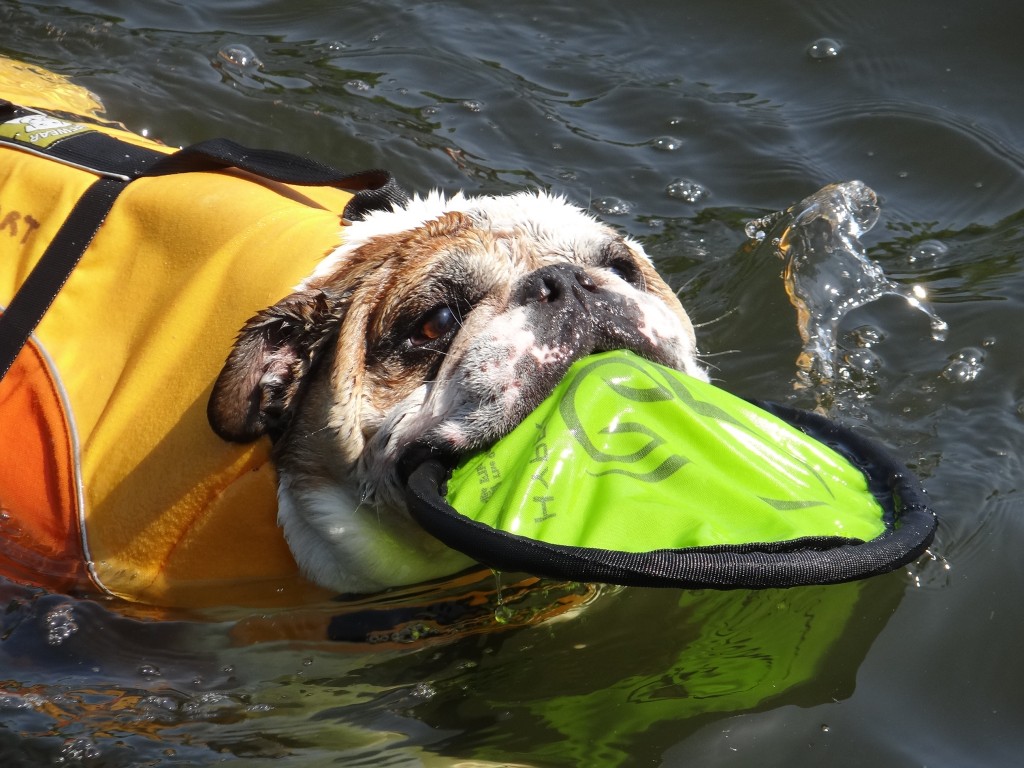
For more information about boating safely and legally on Nebraska waters, go here. See the 2024 Nebraska Boating Guide informational booklet directly by clicking this link.
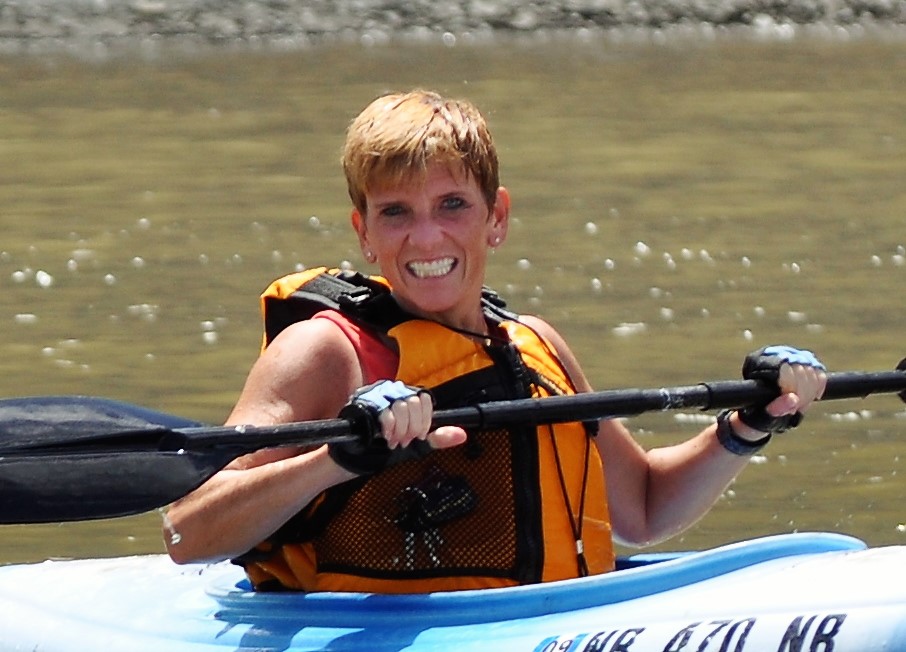
Safe boating! GW

 Nebraskaland Magazine
Nebraskaland Magazine
